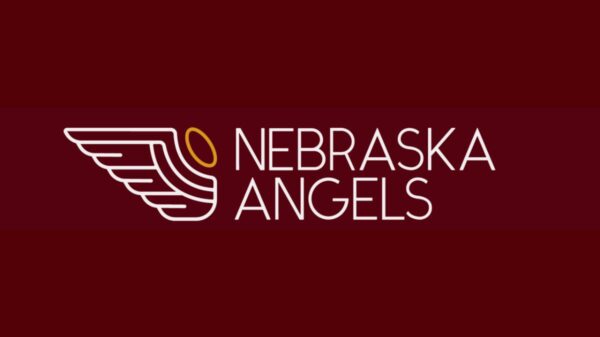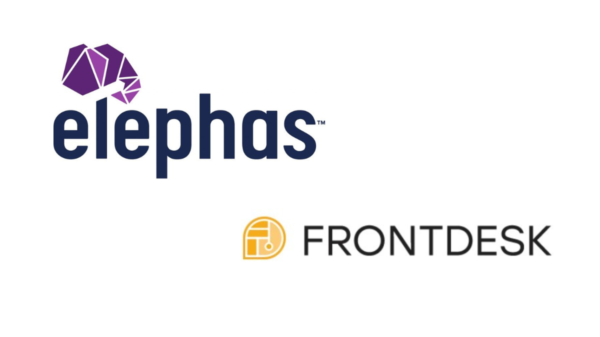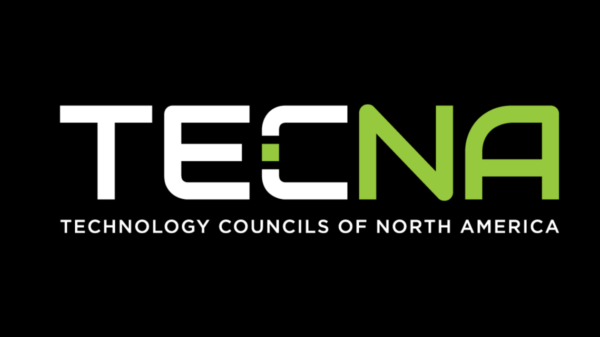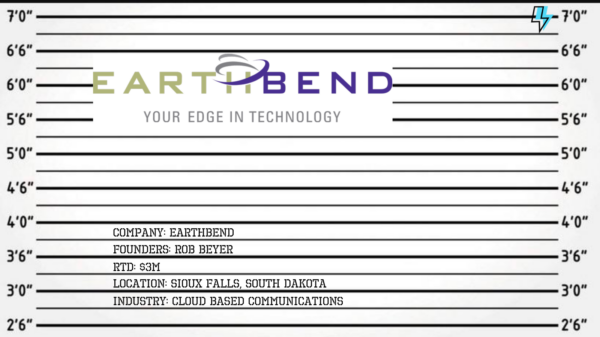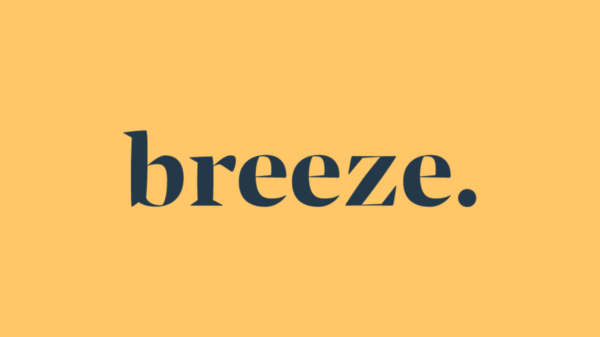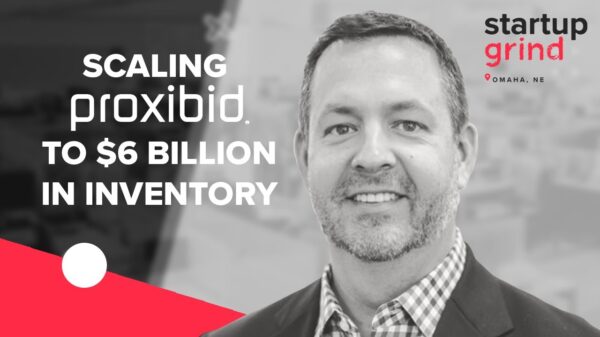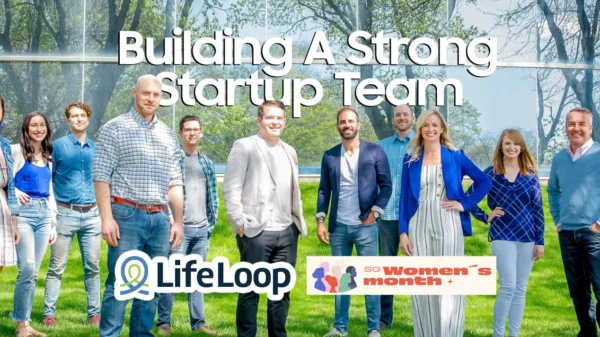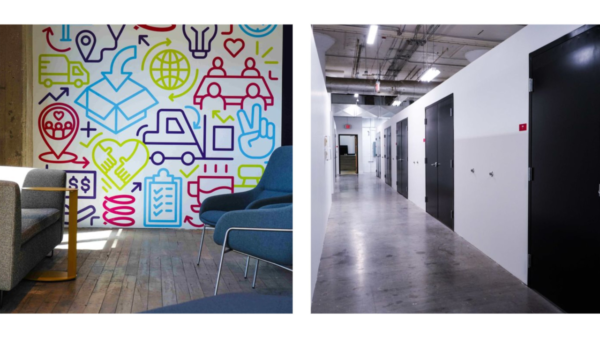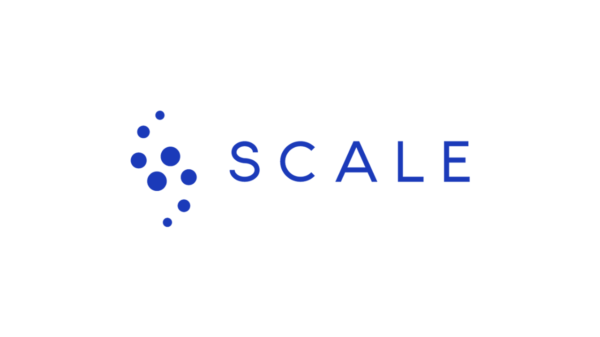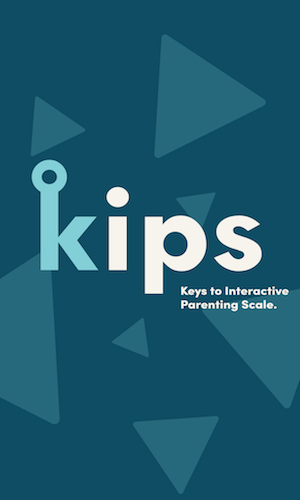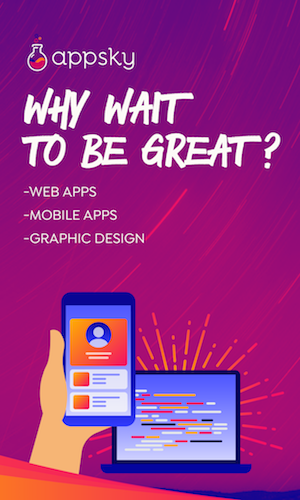Recently, we sat down with co-founder, Dusty Davidson to discuss his new company – Workshop. The company was formed to take on the challenges associated with internal communications at firms growing rapidly. Mr. Davidson has co-founded multiple software companies, and those companies have consistently confronted the internal comms challenges that poor internal communication software creates.
As Davidson described the challenge, “Workshop exists in the world to solve internal communication problems within growing organizations – how companies share and disseminate the most important bits of information around goals, around strategy, around updates with their teams. I think this is a leading driver of engagement, alignment, and ultimately company performance.”
Davidson knows about these challenges from his own experiences growing software companies – including Flywheel. Davidson and Workshop co-founder Rick Knudtson helped Flywheel grow rapidly to a company that employed more than 250 people at their corporate offices in Millwork Commons in Omaha, Nebraska. The company eventually sold to Austin-based WP Engine in the Summer of 2019. Flywheel has been consistently recognized nationally as a model for team culture. Thanks in great part to Mr. Davidson and Mr. Knudtson.
Breaking Through the Noise
Even at Flywheel where 92% of employees surveyed (compared to just 24% globally), indicated positive engagement with the company, Davidson described the top request in the company’s employee surveys was “to improve communication and transparency regarding decision making.” This problem is echoed by data from around the world. “74% of employees are missing out on company news and information” – according to Trade Press Services. Moreover, “Just 40% of internal comms professionals believe that employees understand ‘well’ or ‘very well’ the contribution they’re making to their organization’s strategy.”
Mr. Davidson has described his own challenges and the lack of a platform that fit his own needs well as Flywheel was rapidly increasing employment. “You have Slack on one end of the spectrum that – as a company continues to grow – gets very noisy and very loud. And you have email that is similarly noisy for different reasons.” Mr. Davidson went on, “You have all of this information that is critical to alignment and engagement of employees that kind of gets lost in that noise.”
This problem has manifested in the creation of the new company. As a stepping off point, he said, “So, how do you create a central hub, a repository for (internal) communication and also empower the teams to send out that information in a unified way. You can think of it as a modern take on the intranet; it’s a modern take on how internal comms works in a company.”
What is Workshop
Workshop will focus on three primary ways to drive better employee engagement – particularly bottom-up and community-sourced content. First, there is an explicit goal of building good tools to create engaged and connected teams. These tools balance the need of a browsable repository of information with connecting communication tools. It is not intended to replace real-time comms, such as Slack, just to take away the noise from a large team communicating many disparate ideas.
Second, the product is focused on employee curation – not just internal communication teams or leadership. Using streams to publish key information allows employees to plug-in asynchronously and to a variety of feeds, unique to the employee. So, while some feeds need to go to the entire company, others are only directed to subscribers who care. This variety short-circuits many of the uses of all-hands emails – shifting communications to be more timely and more useful for the individual consumer of the data.
As Mr. Davidson described the challenge, “there are all kinds of things across an org from a communications perspective that teams are running, whether that’s [an] employee resource group sending out newsletters or your product team sending product updates to the company.” Mr. Davidson continued, “in my experience and as we talk to customers, those things happen in silos and happen in different ways – whether it is corporate or not. We look at Workshop as a way to unify that and provide a home for all of that information so that it is discoverable and subscribe-able. And, ultimately easy to find those super important bits of information.”
The third major focus area is the transparency of communications, using data and analytics to ensure positive engagement with actual communication, not just receipt. Workshop helps inform producers of information with better data about receipt, consumption, engagement, and ultimately further communication. This data-centric approach ensures that information that is going unseen or unused is discontinued or changed. With many employee engagement comms, the data around use is unknown or poorly understood. This is particularly true for small teams that are expanding rapidly (where information is often unknown and later un-discoverable, meaning lost).
Learning from Experience
Mr. Davidson described his own challenges of rapid employment expansion at Flywheel (past 150 people), which he referred to as “Dunbar’s number” after the British anthropologist Robin Dunbar. These rapidly expanding companies that pass a certain threshold of employees are the target customer for Workshop. Mr. Davidson said, “we think about the world of 100 to 500 employees as our real target. Longer-term as the product matures, [we] want to be part of a company’s communication workflow early. So, [Workshop] is not yet another tool but indispensable as a company grows. So, as a company grows how do [we] help those teams feel small.” Mr. Davidson continued, describing the eventual expansion of potential Workshop users, “over time [we hope] it will become a thing at 30 or 50 [people] and baked into a workflow at that point.”
In this way, Workshop is building a new type of communications tool. It may replace some emails and some Slack communications, but its central reason for being is not just communication – but alignment and engagement of employees so that they know how valuable they are to the greater company’s success and progress.
Davidson concluded his discussion of the need for the product by saying, “At the end of the day, we are looking to help companies have better aligned and engaged employees through delightful platforms for internal communication.”

